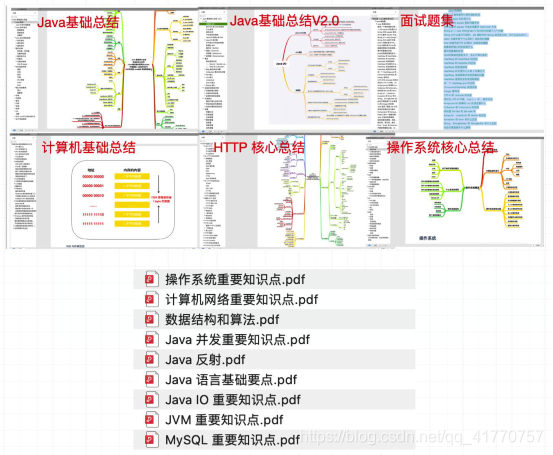
1. The technical side
- Introduce yourself for one minute
- How to solve the difficulties encountered in the project?
- How to do server-side paging?
- How to view the sql execution plan?
- What is the database used in the project?
- What indexes are there in mysql? Clustered index and non-clustered index explained?
- Why can index speed up query speed?
- Write two sql queries: the first one: sort students from high to low in mathematics;
- If the two tables of the from clause are separated by ",", explain the meaning of the clause?
- Are you sure that the descending order is DEC? I forgot to spell the word, it is actually DESC
- The second one: sort by the total scores of three courses other than the number of languages.
- How about learning Java? Ask a few basic knowledge of Java.
- How to achieve synchronization between threads?
- The synchronized keyword modifies the static method and ordinary member method of a class. Will two threads call these two methods simultaneously and block?
- Why does it not block?
- Has the thread pool been used?
- How to create a thread pool?
- What are the constructor parameters of ThreadPoolExecutor?
- What is the rejection strategy?
- Which is the default rejection policy?
- Which middleware has been used, such as Redis, Dubbo, zookeeper. . . Do you understand microservices?
…There are still some problems forgotten.
- Rhetorical link.
Second, the two sides of technology
- Self introduction.
- How to do server-side paging in the project?
- Is mysql or oracle database used?
- There is a SQL statement that is slow to execute, how to troubleshoot the problem?
- How to view the sql execution plan? What is the execution result of the explain command?
- Why can index speed up query speed?
- Ask a few basic knowledge of Java. Do you know the Java virtual machine? Tell me, how much can you say?
- Suppose there is a String str = new String("hello world"); This statement creates several objects, in which area of the JVM?
- Assuming that thread synchronization is required in the project, how would you consider how to implement it?
- Do you understand the locks in Java?
- What are optimistic locking and pessimistic locking, and what are the implementation classes in Java?
- Has the thread pool been used?
- How to create a thread pool?
- What thread pools can the Executors class create?
- Detailed introduction of thread pool initialization parameters?
- When will threads other than core threads be started?
- When will the rejection policy be used?
- Have you seen the original Spring code?
- Finally, I will ask a scenario question. Now you have to query the database, with two 20 million rows of data, using multithreading. Do you have any ideas? Repeated reading is not allowed. Data operation is performed after all data is read.
- Assuming a thread query fails, how to deal with it?
There is no rhetorical link.
It feels like one or two interviews are almost the same, and the time is more than 20 minutes. I suspect that the two interviewers have colluded. . . Receive final notice in the afternoon.
This article is shared with friends who need to interview and brush up questions, and I wish you all the best to get the offer you want. This information mainly includes Java basics, data structures, jvm, multithreading, etc. Due to limited space, only a small part is shown below. Interview questions, friends who need the full version can click a link to jump to receive, link: click here to download for free, get code: CSDN

to be continued…